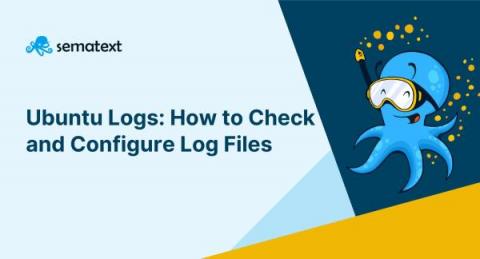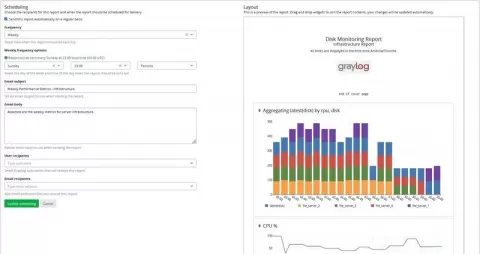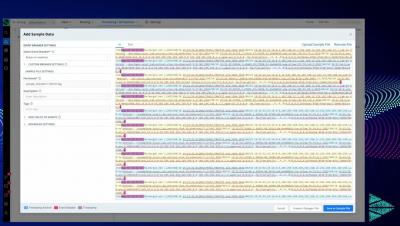Ubuntu Logs: How to Check and Configure Log Files
Ubuntu provides extensive logging capabilities, so most of the activities happening in the system are tracked via logs. Ubuntu logs are valuable sources of information about the state of your Ubuntu operating system and the applications deployed on it. The majority of the logs are in plain text ASCII format and easily readable. This makes them a great tool to use for troubleshooting and identifying the root causes associated with system failures or application errors.










